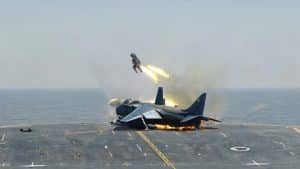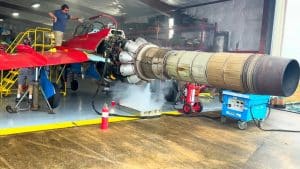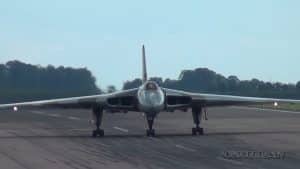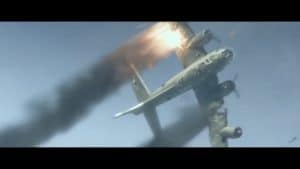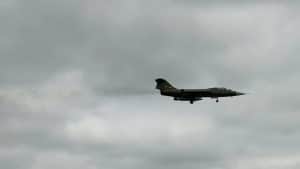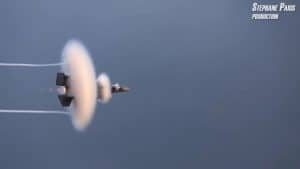5 Unknown Facts About The B-29
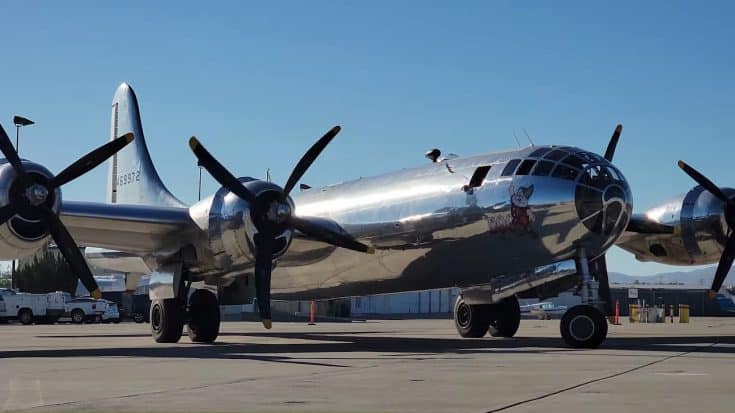
YouTube / MILITARY ARMAMENTS COMPANY
The B-29 Superfortress is a strategic bomber that was utilized by the United States in defeating Japan. Here are five facts about this bomber:
1. It was the first US bomber that had a pressurized cabin
Boeing’s Superfortress was the most sophisticated prop-driven bomber during the war, allowing its crew members to be housed in pressurized compartments.
This capability was a great addition, enabling the plane to fly up to 32,000 ft while not stressing the crew too much.
View this post on Instagram
2. Enola Gay, a B-29 bomber, is probably the most famous plane of WWII
The plane, which was named after the mother of the pilot, Col. Paul Tibbets, ushered the atomic age by dropping bombs on Hiroshima.
Before it delivered the bomb that destroyed the city, it was only part of two missions, bombing industrial targets in the cities of Kobe and Nagoya.
3. During WWII, five B-29s made emergency landings in the Soviet Union but when the US asked to return the planes, they refused
Among the five, three were repairable and were then flown to the Tupelov Design Bureau in Moscow.
The planes were eventually reverse-engineered and developed into what would become the Tu-4. All in all, 847 Tu-4s were produced by the Soviets.
View this post on Instagram
4. Despite its age and vulnerability, it also proved to be a highly effective weapon in the Korean War
This WWII bomber also saw action in Korea, outliving its lifespan because of its own merits.
The following month after the Korean War started, two B-29 wings (22nd and 92nd) left the US, starting one of the largest bombing campaigns.
However, it soon became clear that the bomber’s once cutting-edge central fire control system, which helped take down Japanese fighter planes in WWII, would start showing flaws.
5. There are only two B-29s that are flying in the world
Currently, there are only two flying B-29 examples that remain, “Doc” and “FiFi.”
Doc, for instance, went through a very remarkable journey. It took approximately 16 years and about 450,000 volunteer hours to return it to its former glory.
View this post on Instagram












